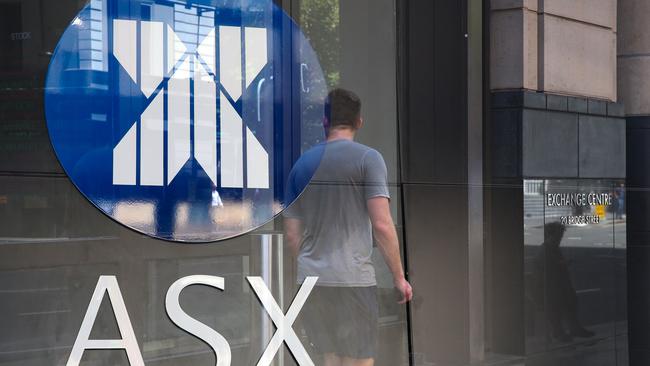ASX, ASIC must respond to the decline in listed companies

Regulators in a string of other markets – the US, UK, European Union, Canada, Hong Kong, New Zealand and Singapore – have already looked to address similar issues with reforms and changes in recent years.
While ASIC doesn’t believe the declining number of listed companies through fewer initial public offerings is a structural problem, it still warrants close attention. Mergers and acquisitions have resulted in a spate of large companies being delisted, including Sydney Airport, Boral, Blackmores and Healthscope, at a rate which has far exceeded new floats. Part of that trend reflects the rise of private capital in deal making but there are also aspects of the ASX listing process that require review.
ASIC’s public and private markets report last week noted that the IPO process in Australia takes about 20 weeks from the appointment of advisers – a timeline that can be markedly condensed. A group of investment banks has already put forward suggestions in an unsolicited submission to ASIC and the ASX to streamline the IPO process, such as shortening the time frame and therefore reducing market and transaction risk. They also raised the issue of pre-vetting for prospectuses, which is not done by ASIC currently.
JPMorgan corralled a group of eight investment banks – including Barrenjoey and Goldman Sachs – to make the formal and confidential submission last year, and there has already been two-way engagement on that and other related topics.
ASIC chair Joe Longo last week urged the ASX to step up: “The ASX needs to be more proactive in this space, and we need to be thinking very carefully about whether regulatory settings of any kind are holding people back in being, participating in the public market.”
In response, ASX’s listings general manager James Posnett said the exchange supported a review of changing market dynamics to assess if regulatory settings needed to adapt.
“ASX is a firm advocate for making it simpler for listed entities, and there is ongoing work to continuously improve listing rules and processes. We’re also assessing initiatives to streamline the IPO process, including changes which aim to help reduce risk for investors and issuers,” he added.
What’s clear is this topic should be prioritised by both ASIC and the ASX in 2025. After responses to ASIC’s discussion paper are received by April 28, in this columnist’s view there should be time for quick consultation and then action, rather than pontification.
The number of listed entities on the ASX has dipped to 1,989 and the value of equity raised in IPOs has plummeted, with 2024’s volumes remaining well below the 10-year annual average.
Interestingly, ASIC’s report included feedback after its engagement with directors of public and private companies. It said a “common reason” cited for keeping a company off listed markets or taking it private, was the flexibility to focus on shareholder returns for the medium-to-longer term. Some directors also lamented that a “relatively small group” of investors was exerting influence on things like social factors and short-term goals.
The attractiveness of Australia’s capital markets and main exchange is of paramount importance to the nation. These issues must be addressed sooner rather than later.
This is Joyce Moullakis’s final column for The Australian



The ASX and ASIC must move with haste to address the issue of declining numbers of public companies on the Australian bourse.